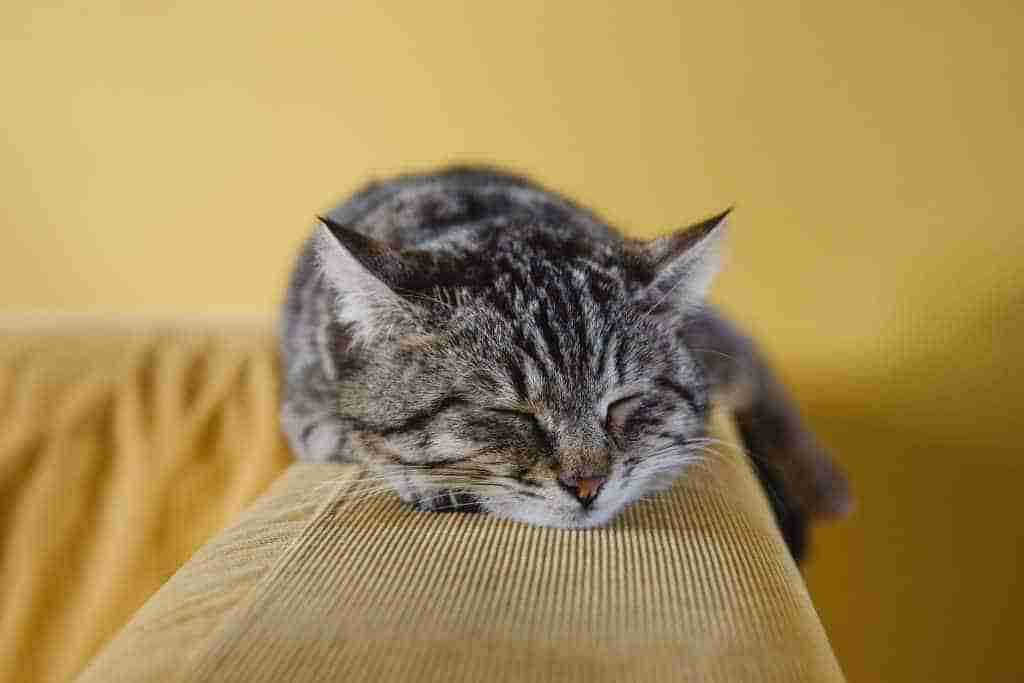Tabby cats are the most common domestic cat on the planet, but how much do you know about these everyday cats? They are easy to overlook – there are so many of them – but in truth, there is a huge variety of types of tabby cats, breeds, colors, and patterns.
Read on to learn about tabby cats and you will never look at one of these cats in the same way again!
What Is A Tabby Cat
Tabby cats are one of the most common types of cats on the planet. It is believed that as many as 70% of the 700 million domestic cats on earth are actually tabby cats! This means there are lots of tabby cats all over the world.
Tabby cats are not a distinct breed of cat. “Tabby” describes the pattern on a cat’s coat. This means that a mixed breed cat can be a tabby cat and a purebred cat like a Persian or a Maine Coon can also be a tabby cat.
You can get long-haired tabby cats and short-haired versions – so long as they have the pattern they are a tabby.
Torties and calico cats are also cats that are described according to their coat pattern rather than being a breed of cat. Tortoiseshell cats and calico cats are female 99% of the time. Tabby cats can be male or female.
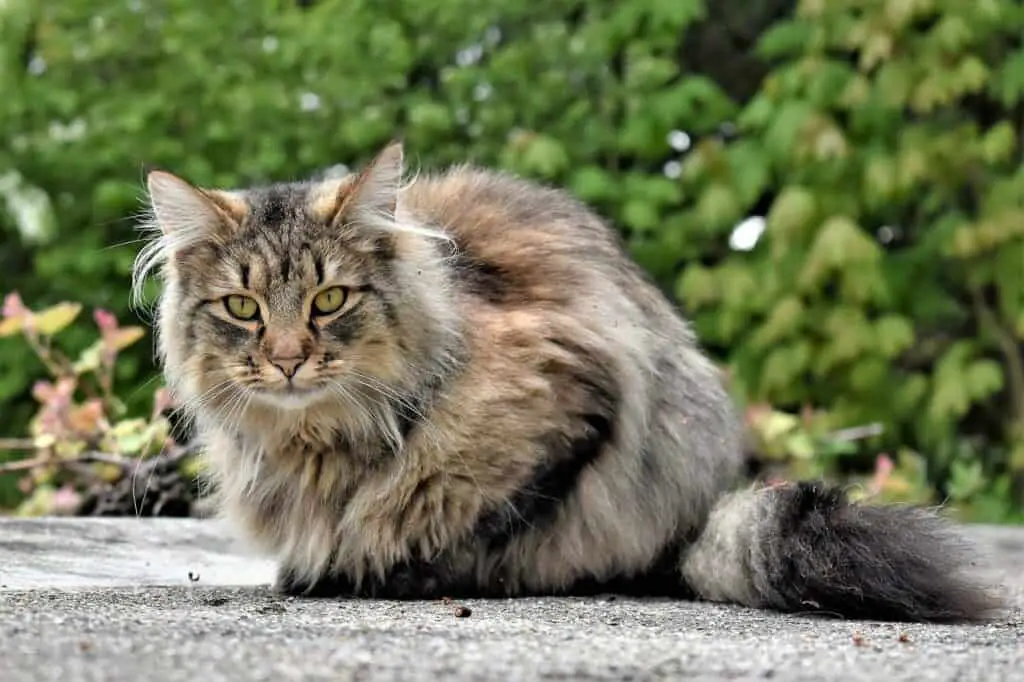
What Does A Tabby Cat Look Like
There are several different types of these cats with different colors and versions of tabby coat patterns, but if you have to quickly identify a tabby cat there are some good rules of thumb that tend to apply to all tabbies.
The most obvious identifying feature is an “M” fur marking on their forehead with dark lines of hair that run over the top of their head.
Every tabby has this mark and it has given rise to some interesting stories. In the Christian tradition, some say the mark was put on the cat as a blessing by Mary after a cat kept the baby Jesus warm in a crib. In the Islamic tradition, the “M” is thought to mark the cat as the Prophet Muhammad’s (PBH) favorite animal after a tabby cat defeated a snake that was causing danger to the prophet.
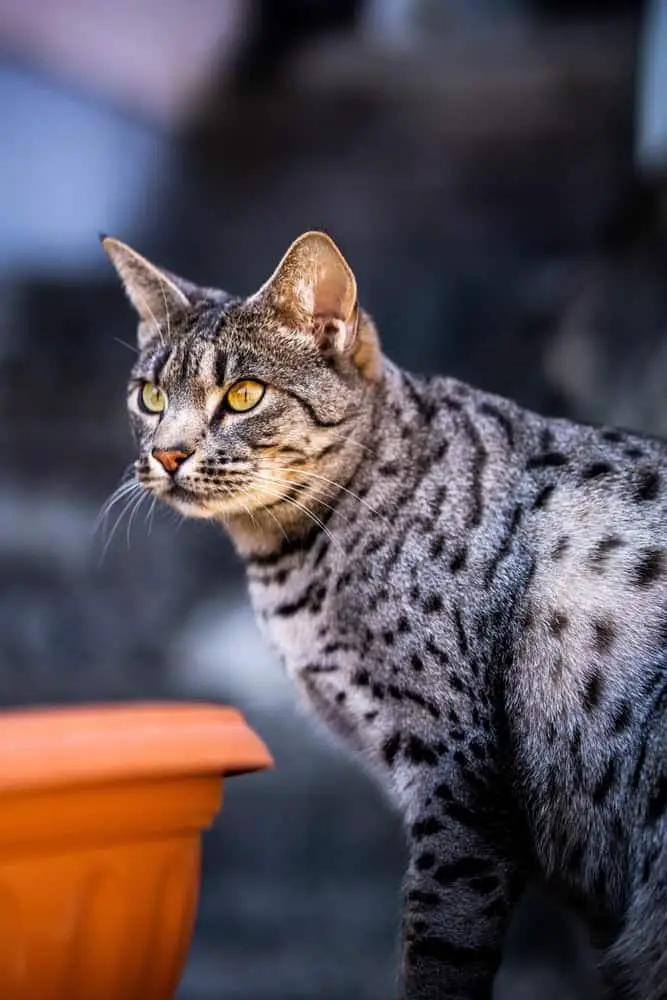
The next potential giveaway to look for is a ringed tail. The tip of the tail will have darker fur and then there will be rings of lighter and darker fur along the length of the tail – a sure sign of a tabby cat!
If you need even more confirmation then look for markings on the cat’s legs. Tabby cats tend to have rings or stripes of dark fur around their legs. The ring marks may not be along the full length of the leg, but so long as some rings of dark fur are on their legs they are highly likely to be a tabby cat.
Types Of Tabby Cats
You might be surprised to know that these cats are actually quite varied. They can vary in color, pattern, and type – as well as by breed. They are broadly recognized as having five main patterns, but then there are also several different types of tabby. Let’s check them out here :
Tabby Patterns
Beyond the identification marks on the head, legs, and tail, you can spot a tabby by the markings on their body, but these markings can vary in shape and pattern. There are five main patterns to look out for.
Classic Tabby
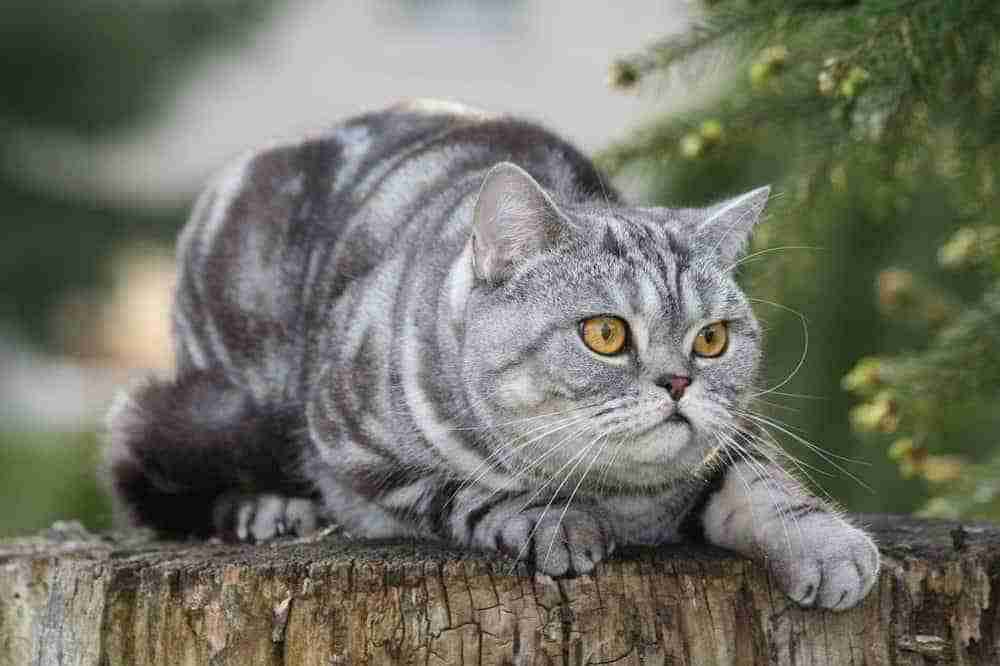
The classic tabby is the most common pattern type, hence the “classic” moniker. Classic tabby cats have dark markings over a lighter body color.
The dark markings are usually patches, swirls, whorls, and marbling patterns – they look like they are wearing a dark camo pattern.
Spotted Tabby
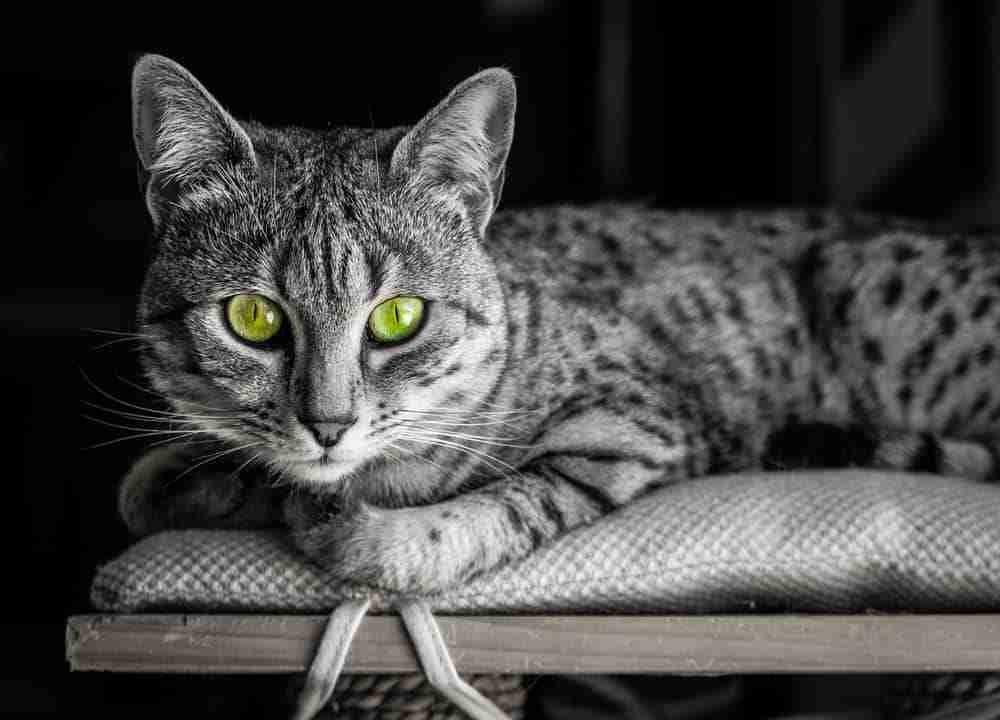
The spotted tabby has the usual “M”, tail and leg stripes but then has a coat that is characterized by dark spots over a lighter background along the flank of the cat. The Egyptian Mau cat is a famous variety of spotted tabby.
Mackerel Tabby or Striped Tabby
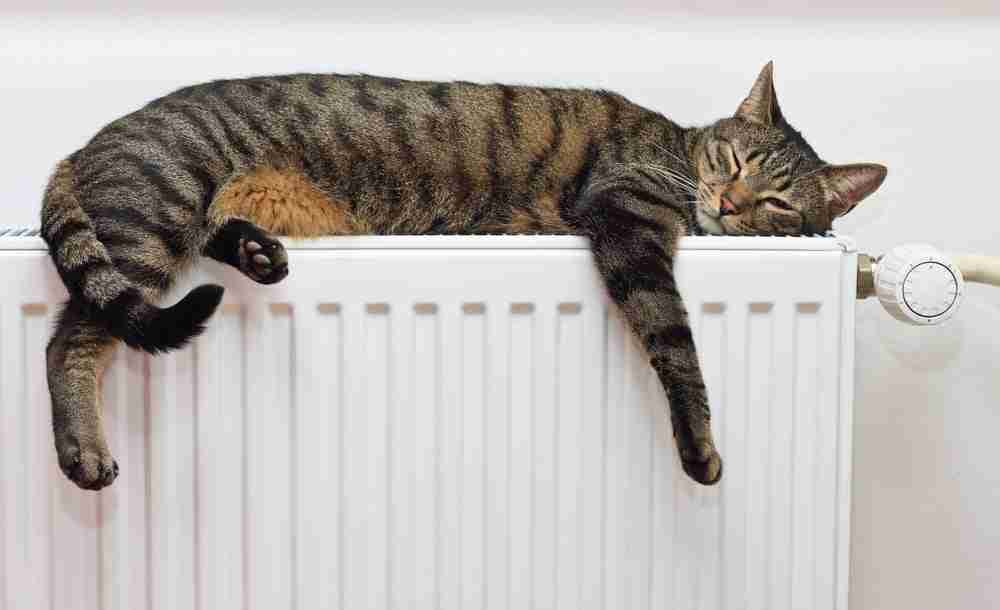
The mackerel tabby is identified by dark markings that consist of a dark strip of hair along the backbone with dark stripes that emanate from the backbone stripe down the flanks of the cat.
They are called mackerel cats because when viewed from above their pattern looks like that of a fish skeleton. The most recognizable mackerel stripe pattern in the cat world is actually the tiger – so if you see a tabby with tiger stripes you know you are looking at a mackerel tabby cat.
Ticked Tabby
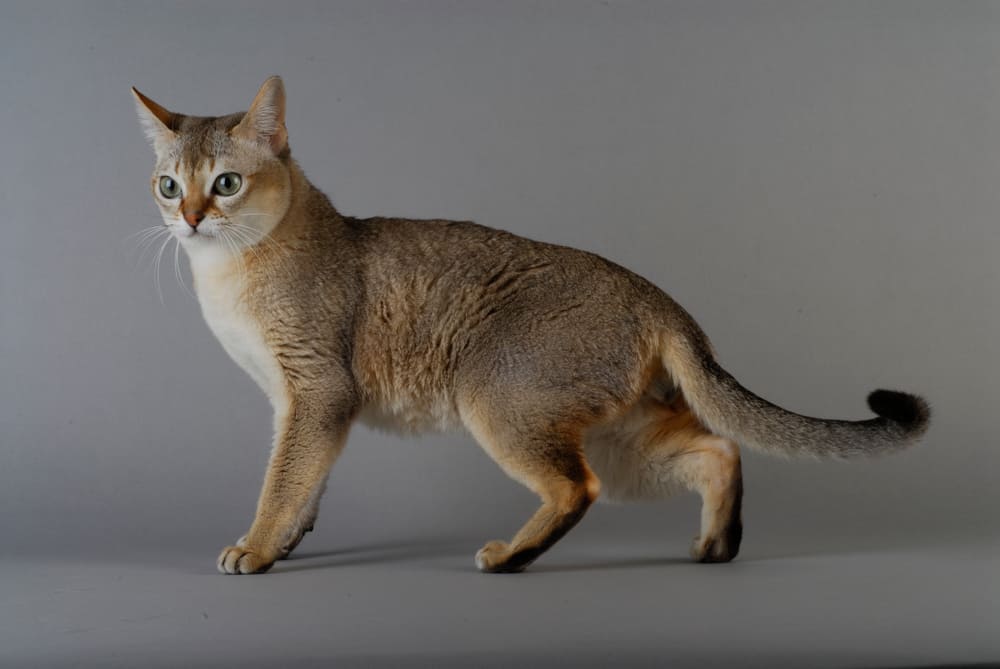
Ticked tabby cats are slightly easier to identify than the other tabby patterns in so much as there is barely any body pattern!
Often ticked tabbies will have a body coat that looks fairly even in color and fairly unmarked but when inspected at close quarters you will see an even distribution of dark markings over the body – almost like a speckling of markings.
Like other tabbies, ticked cats have the “M”, leg, and tail markings – so if you see a tabby with these marks but barely any distinct body marks you are probably looking at a ticked tabby cat.
Red Tabby
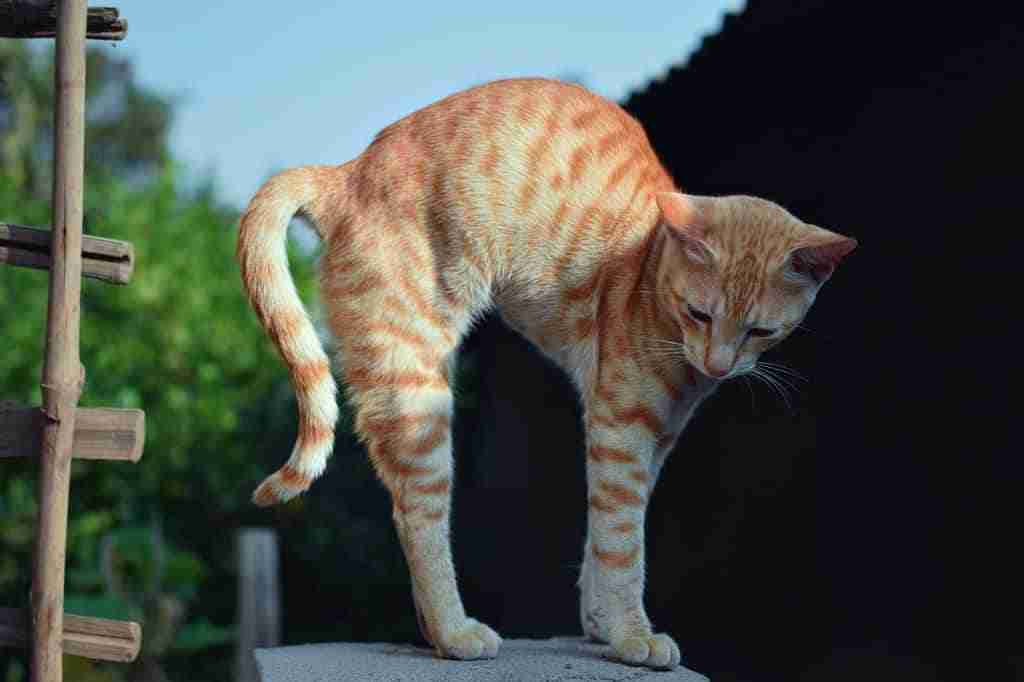
Perhaps the most distinctive of all tabby cats is the red tabby or orange tabby cat. These fall into their own pattern. Basically, cats have two primary colors from which all other shades come – black and red.
Cats with black as the primary color can be diluted to shades of brown and grey, but red cats can never be black cats or brown cats, so red tabby cats are distinct – they can have a classic or mackerel pattern but the orange color of the hair puts them all in a group of their own.
Other Types Of Tabby Cat
Whilst there are five recognized tabby patterns there are also cats with tabby markings that are not quite the full tabby! Check out some of these distinctive types of tabby cat variants.
Calico Tabby – Caliby
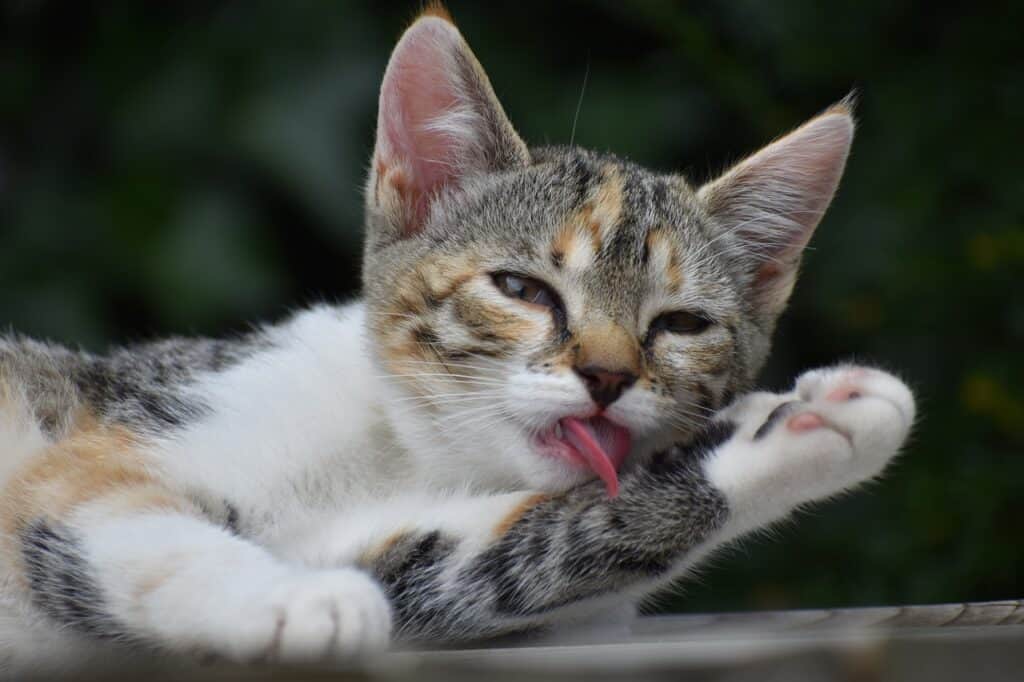
The calico tabby cat is a calico cat that has tabby markings on its color patches.
Calico cats are female cats that have two colors, red and black, on a coat that is between 25 and 75% white. This means they look like a white cat with patches of red and black hair, or if they have a dilution gene, cream, and grey hair.
Your standard calico cat will have patches of solid color, but sometimes those patches of color will have tabby markings displaying. These cats are caliby cats or calico tabby mix cats. The cat will have a white body but the red patches might be striped and the black patches might have faint spotting marks! This is a caliby cat.
Like traditional tabby cats, they will often display the forehead “M” mark.
Tortoiseshell Tabby – Torbie or Patched Tabby
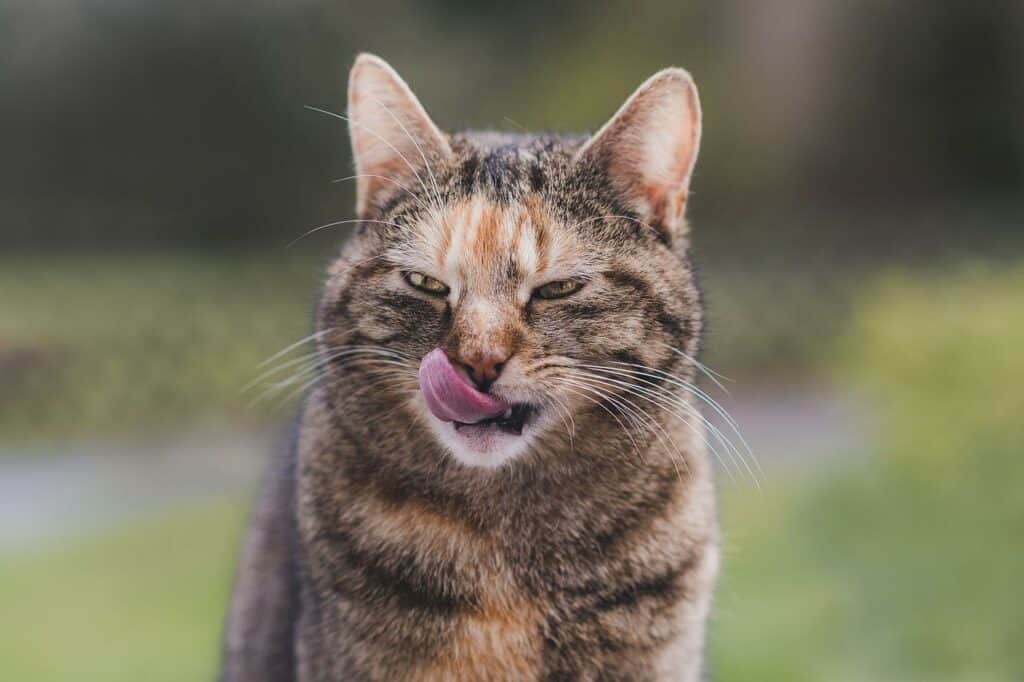
A tortie cat is very similar to a calico cat except it usually has a coat with less than 25% in white and the remainder in red and black – basically a darker version of a calico.
Like a calico, a tortie can inherit the tabby agouti gene which can result in its orange and black patches being distributed with tabby patterns or actually making up a tabby pattern. So, you might have a tortie with orange patches that are striped like a tabby, but dark black patches. Or, you might have a tortie with a black coat that has red spots.
These cats are tortoiseshell tabby cats or torbie cats. Again, they will exhibit the forehead “M” mark so they are relatively easy to identify.
Silver Tabby Cats
Silver tabby cats are not grey tabby cats – they are not even black and grey tabby cats. Silver tabby cats can be any color or pattern of tabby cat so long as the hairs on the lighter areas of the coat are white at the skin. Most tabby cats have hairs that have color at the skin so silver cats are easy to identify by parting the fur and inspecting the color at the skin.
When the hairs are white at the skin it gives the lighter area of the coat a distinctive sheen hence the silvering. In cats that are solid color, hairs that are white at the skin give a similar sheen but in these cases, the cat’s coat is described as “smoke” rather than silver.
Tabby Cat Colors
What color is my tabby cat? It can be hard to tell because most tabby cats have a multitude of colors but here is an easy way to classify the color of your cat.
First, identify the dark color hair that makes up the markings. The best way to do this is to look at the color of the hair on the darkest hairs at the tip of the tail. Then look at the agouti hairs that make up the lighter body color of the cat’s coat. The agouti hairs are lighter in color because they are not a solid color – they are single hairs made up of bands of color and colorless areas.
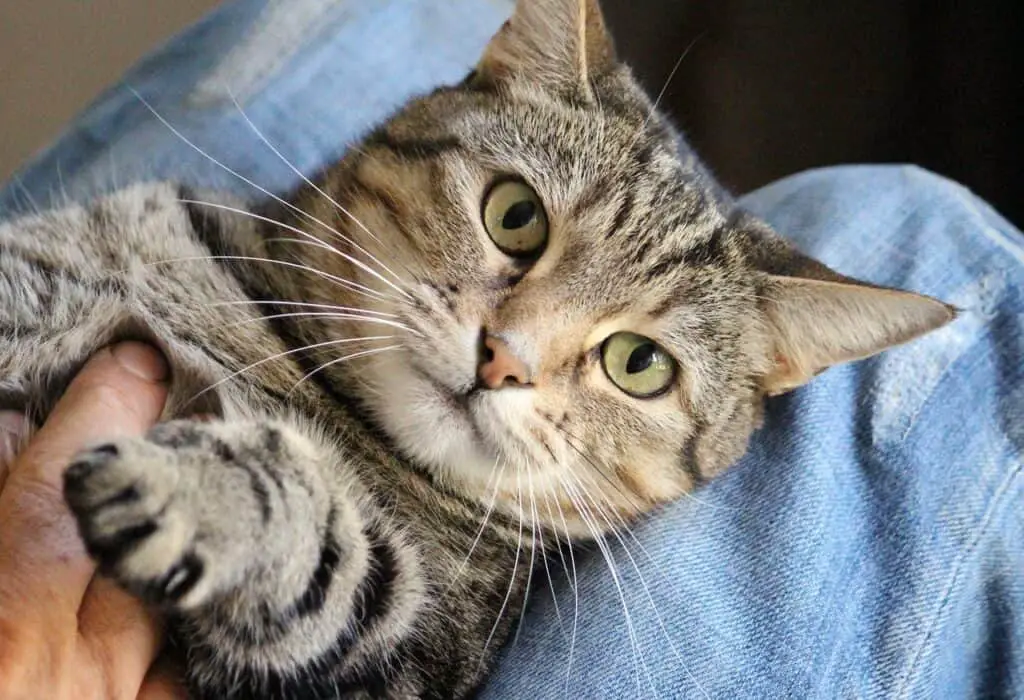
A cat with dark black hair on the tip of the tail and markings and brown or grey hairs on the lighter areas is officially called a brown tabby cat.
Some people call a cat with grey stripes on an even lighter grey or buff background a grey tabby cat but they are officially called blue tabby cats.
A cat with orange or red stripes over a cream body is a red tabby cat. Whilst a cat with cream stripes over an even lighter shade of body is called a cream tabby cat.
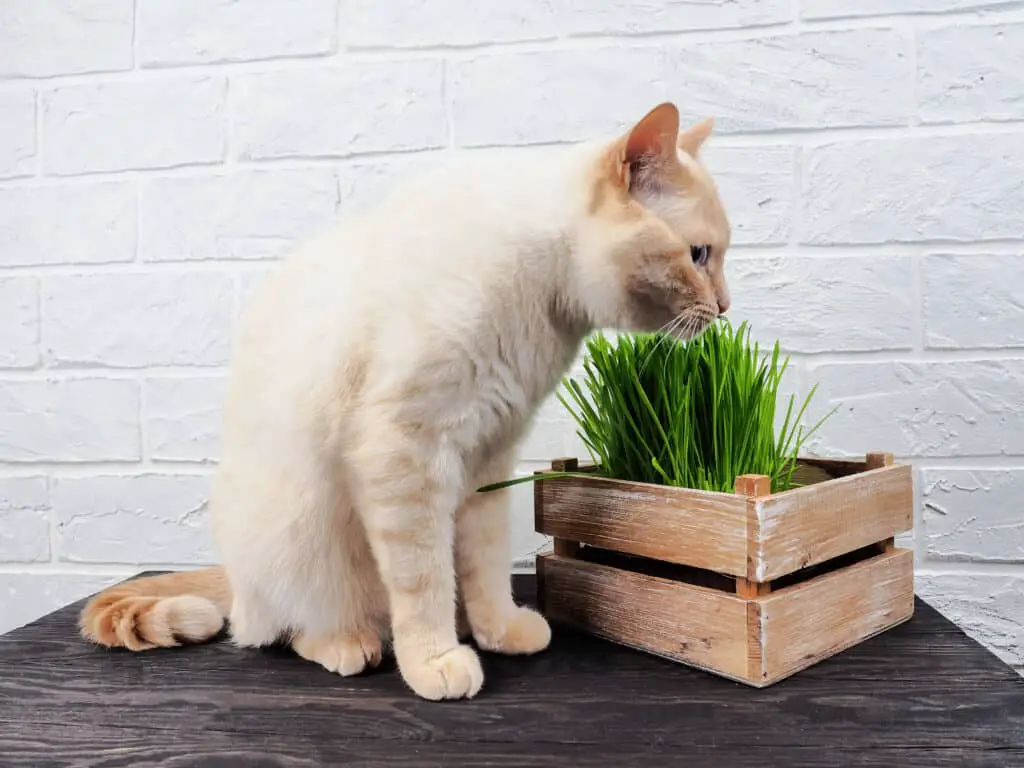
Silver tabbies will have a darker set of stripes over a lighter body but the body hairs will be white at the skin. Silver cats can be blue, red, or cream silver tabbies.
If your kitten is tabby but has white patches to the chest or white paws it would normally be called something like a “brown tabby and white”. If your cat is mainly white with tabby patches then it would be called a “harlequin” cat. If the cat is white but with tabby markings on the head and tail it is called a “van” cat.
Tabby Cat Breeds
The majority of tabby cats are not purebred – they are domestic longhair and domestic shorthair cats – cats of mixed heritage. This often means that tabby cats are amongst the healthiest cats out there, they tend not to suffer from genetic health issues and the tabby cat lifespan can be long.
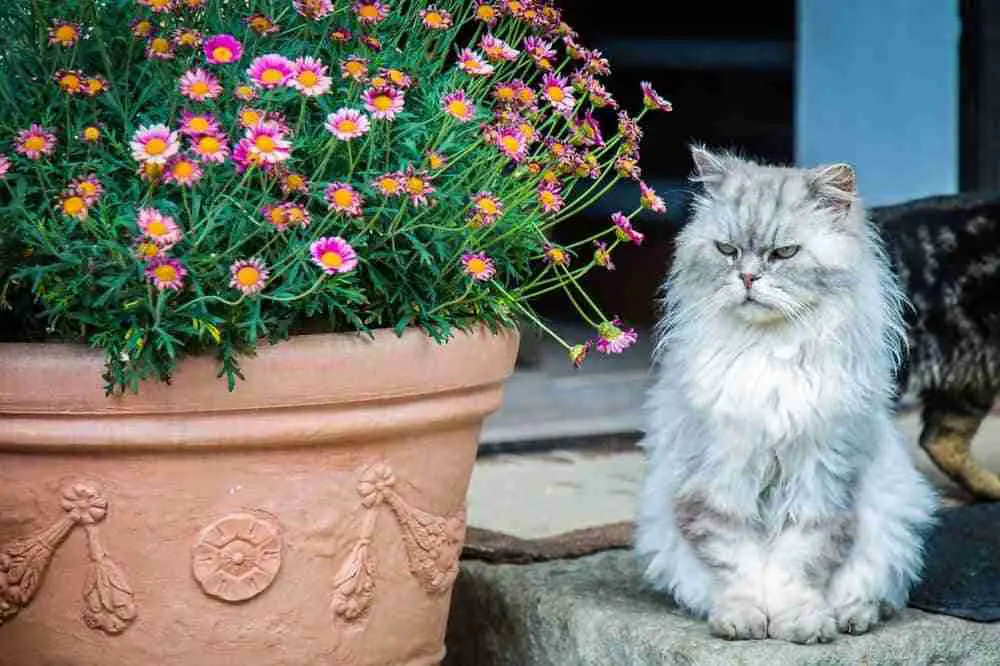
But, if you want a cat with a particular set of characteristics like size, intelligence, or length of coat then choosing a tabby from a specific breed is often the easiest way to get a tabby cat with specific qualities.
These breeds are some of the most popular breeds which offer a purebred tabby option :
| Maine Coon | Persian Cat | British Shorthair |
| British Longhair | Singapura | Manx |
| American Shorthair | Norwegian Forest Cat | Egyptian Mau |
| American Bobtail | American Curl | Oriental Cat |
| Scottish Fold | Thai Cat | Ocicat |
| European Shorthair | Bengal Cat |
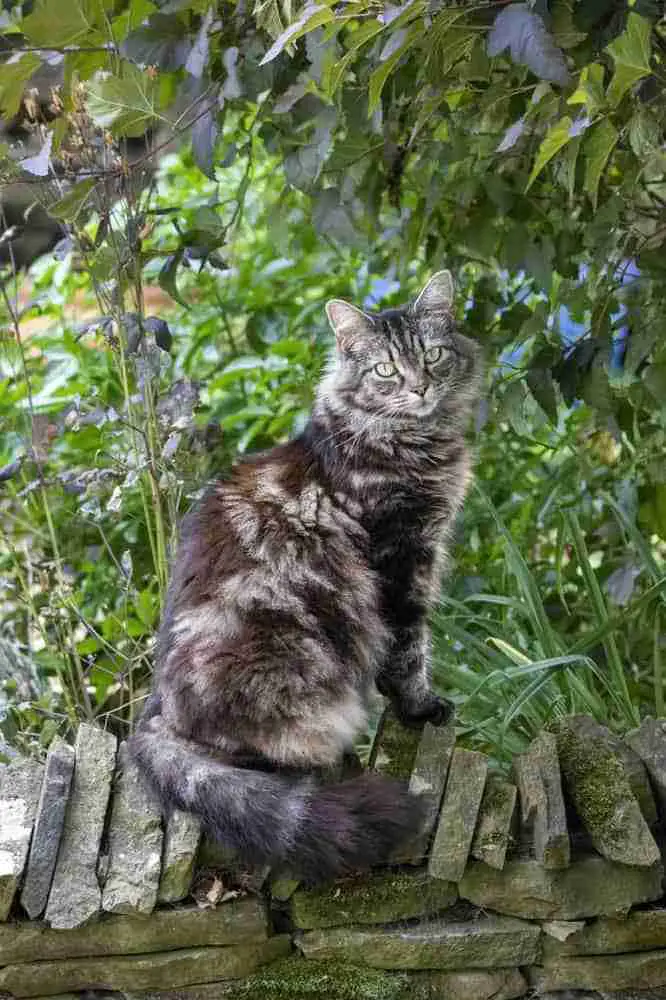
The beauty of these breeds is that you can find longhair tabby cats in the Persian or British Longhair breeds, if you like big cats then a Maine Coon or Norwegian Forest Cat might be interesting, if you want a cat with spots then the Egyptian Mau might be for you or if you want a very small ticked cat then a Singapura would be ideal – basically you get a great choice of tabbies with distinct characteristics. Ideal for people who want a cat that will stand out from the crowd!
